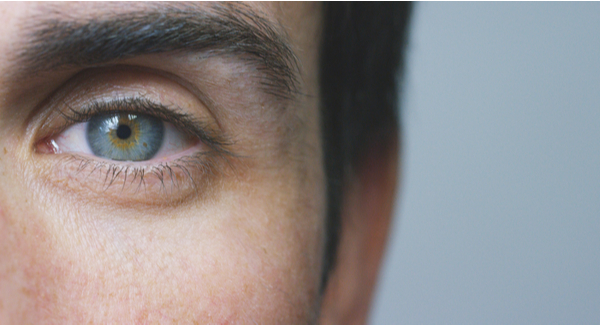Dry Eyes and Arthritis
Learn the various causes of dry eye with arthritis and how to treat it.
Anyone with arthritis can have dry eyes for a variety of reasons. But for people autoimmune types of arthritis – like rheumatoid arthritis (RA), lupus or Sjogren’s syndrome -- dry eyes are a chronic, painful. Severe dry eye can lead to infection or scarring of the cornea. Here are some common ways dry eye can manifest and different ways to treat it.
Dry Eye Symptoms
Dry eye symptoms include:
- Burning, stinging, gritty feeling.
- Redness.
- Sensitivity to light.
- Blurred vision.
- Profusely watery eyes (sometimes, when the body is trying to make up for missing moisture).
Why Eyes Dry Out
Normally, tears – a complex mix of oil, water, mucin and proteins – bathe your cornea with moisture and nutrients each time you blink. But when you have dry eye disease, either you don’t make enough tears or they evaporate too quickly.
This may be due to age; your body produces fewer tears as you get older. Hormonal changes during pregnancy and menopause also play a role, as do a long list of medications, including antihistamines, decongestants, birth control pills, and drugs that treat anxiety, Parkinson’s disease and blood pressure.
But for people with autoimmune disorders, the greatest risk comes from the disease itself. The same autoantibodies that attack your joints can target your eyes, preventing normal tear production.
“The immune attack on the surface of the eye is a mirror image of what is destroying the joint synovium,” explains Sandeep Jain, MD, professor of ophthalmology at the University of Illinois College of Medicine
Treatment
Some people turn to over-the-counter artificial tears to ease symptoms, but that’s not the best approach, according to Dr. Jain.
“I would stress that patients with dry eye [and autoimmune disease] not start treatment based on their symptoms. They should get a comprehensive eye evaluation,” he says. He explains that though artificial tears may relieve discomfort, they don’t treat the inflammation that’s causing symptoms.
Anti-inflammatory drugs for arthritis may help dry eye slightly, but you’re also likely to need other treatments. Dr. Jain says treatments vary, depending on the type and severity of the disease, but his general approach is to treat eye inflammation aggressively at first, then pull back to a level that maximizes comfort and minimizes side effects.
Possible therapies include:
- Anti-inflammatory eye drops, such as corticosteroids or cyclosporine (Restasis). Both have drawbacks. Corticosteroids increase the risk of glaucoma and cataracts, so they’re only used for a short time. Cyclosporine works for a relatively small number of people; in eight of nine clinical trials, it proved no more effective than eye drops or placebo, according to a 2018 article in JAMA Internal Medicine.
- Eye inserts - You place these tiny inserts in your eyes once a day. They slowly release the same substance used in artificial tears for up to 24 hours. A two-month supply runs around $500 – 50 times more than the OTC version.
- Autologous blood serum drops - These mix a treated sample of your blood with an artificial tears formula. Adding your own blood provides growth factors and vitamins similar to those in real tears. Dr. Jain says this is crucial for people with Sjogren’s syndrome and others with almost no tear production. “It’s a very good intervention,” he says, “but you can’t use it forever. So you use it for a few months to get inflammation under control and then try other options to make patients comfortable.”
- Disposable silicon hydrogel or scleral contact lenses - Silicon hydrogel lenses attract and surround your eyes with water for up to 12 hours. Scleral contact lenses are large lenses that rest on the sclera – the white portion of your eye – allowing a protective layer of saline to cover the cornea. This helps alleviate pain and light sensitivity in some patients.
- Fish oil capsules - Ophthalmologists often recommend this anti-inflammatory supplement to dry eye patients, but study results have been mixed.
- Exercise - According to Reza Dana, MD, professor of ophthalmology at Harvard Medical School, vigorous exercise benefits dry eyes by increasing blood flow, regenerating tissues and encouraging the release of oils needed for healthy tears. And it’s one of the best treatments for arthritis, too.

Stay in the Know. Live in the Yes.
Get involved with the arthritis community. Tell us a little about yourself and, based on your interests, you’ll receive emails packed with the latest information and resources to live your best life and connect with others.


